The Two Towers
Spiritual Lessons from Tolkien’s Middle Volume
Last week we began our pilgrimage through Tolkien’s The Lord of the Rings by reflecting on The Fellowship of the Ring. There we saw the Fellowship revealed for what it truly is, a small band of companions bound together, and the beginning of a perilous quest.
This week, we turn to The Two Towers—a book where the Fellowship has been broken, the shadows lengthen, and the struggle deepens. Aragorn, Legolas, and Gimli pursue the orcs who have captured Merry and Pippin, only to be drawn into the desperate defense of Rohan. There they aid King Théoden, freed from Saruman’s corruption by Gandalf, now returned as Gandalf the White, radiant and renewed. Merry and Pippin escape captivity and discover unlikely allies in the Ents, whose march against Saruman’s stronghold at Isengard shifts the tide of war. Meanwhile, Frodo and Sam press on toward Mordor, joined by the treacherous yet pitiable Gollum, who becomes their guide, a guide torn between ruin and redemption.
The Two Towers builds to the Battle of Helm’s Deep with its clash of swords and rain-soaked walls where a vastly outnumbered Rohan army holds out until Gandalf returns with reinforcements at dawn on the fifth day. Woven throughout are themes of temptation, loyalty, despair, and hope which deepen the spiritual stakes of the quest.
This week we consider how Tolkien’s vision in this second volume, and Peter Jackson’s powerful film adaptation, speak to our own life of faith when we too face division, temptation, and despair.
Jackson’s adaptation of The Two Towers highlights the growing weight of Frodo’s burden and the widening scope of the war for Middle earth. Two storylines dominate:
Rohan and Helm’s Deep — Jackson brings the battle to visceral life, portraying not just military might but also the desperation of ordinary people. Aragorn’s leadership begins to shine here as he inspires hope against overwhelming odds.
Frodo, Sam, and Gollum — The film emphasizes Gollum’s split personality with groundbreaking CGI, making visible the inner battle between his “Smeagol” innocence and his “Gollum” corruption. Frodo’s compassion and Sam’s steady loyalty are thrown into sharp relief against Gollum’s torment.
Jackson’s pacing intensifies the themes of temptation, division, and faithfulness, while offering one of cinema’s most memorable portrayals of endurance under siege.
“The battle for Helm’s Deep is over. The battle for Middle-earth is about to begin.” – Gandalf
If The Fellowship of the Ring is about the beginning of the pilgrimage—accepting the burden, forming the community, and trusting providence—then The Two Towers is about the fractures, temptations, and battles that come as the pilgrimage grows darker.
In J.R.R. Tolkien’s novel and Peter Jackson’s film, this middle book at first may seem like a story of division: the Fellowship breaks, kingdoms totter, and even the Ring-bearer falters. Yet in this very breaking, Tolkien gives us some of his most profound spiritual insights. The Two Towers is about the struggle within the heart, the endurance of faith, and the small but steady triumphs of loyalty and love.
The Fellowship does not survive intact. Boromir’s death, Merry and Pippin’s capture, Frodo’s departure with Sam—by the time the story resumes, the Fellowship is scattered. When I first read the LOTR, I found The Two Towers disorienting. But over the years and many readings, as I have gained life experience, I now see it as profoundly realistic. Communities fracture. The church itself, in history, has known betrayal, conflict, and separation.
Yet Tolkien shows us that division is not the end. Aragorn, Legolas, and Gimli set out to rescue their friends. Frodo and Sam, left on their own, press toward Mordor. Even separated, the Fellowship remains united by purpose. This is the church at its best: not immune to fracture, but held together by a greater mission.
Jackson’s film emphasizes this by cross-cutting between storylines, showing how the scattered company is still mysteriously working toward one end. Evil scatters; providence weaves.
One of the most surprising episodes in The Two Towers is the march of the Ents. At first, the tree-herders of Fangorn Forest seem sluggish, almost apathetic. They hold long debates, weighing their words as though time itself were endless. Merry and Pippin grow frustrated, fearing that nothing will come of it.
But when the Ents finally rise, their power is immense. The attack on Isengard is one of the most unforgettable moments in both book and film—a sudden surge of judgment, long in coming but decisive when it arrives.
Here we glimpse a spiritual truth: God’s justice is often slow, but never absent. The psalmist cries,
“How long, O Lord?” (Psalm 13:1).
Israel waited centuries for the Messiah. The church waits still for Christ’s return. God’s purposes often feel delayed, but when His time comes, they are irresistible. The Ents remind us to trust the slow, patient work of God, even when it seems nothing is happening.
If Gandalf is wisdom transfigured, Saruman is wisdom corrupted. His fall is not into obvious evil at first but into rationalization, calculation, and the seduction of power. “We can bide our time, we can join with that Power,” he argues. He convinces himself that compromise with evil is the path of survival.
This is a warning as old as Eden. Saruman embodies the danger of pride disguised as prudence, the temptation to reshape truth for advantage. Scripture warns of false wisdom:
“Such ‘wisdom’ does not come down from heaven but is earthly, unspiritual, demonic” (James 3:15).
Christopher Lee’s chilling performance in Jackson’s film adaptation, brings Saruman’s corruption vividly to life. His honeyed voice, his manipulative counsel, his armies birthed in the pits of Isengard—all illustrate the way evil disguises itself as enlightened progress.
The most profound spiritual portrait in The Two Towers is Gollum. Torn between his old self (Smeagol) and the dark persona (Gollum) that the Ring has forged, he dramatizes the divided human heart. The famous scene in Jackson’s film, where Smeagol and Gollum argue with each other, brilliantly captures this inner conflict. At one point, Smeagol seems to win—casting out his darker self, choosing loyalty to Frodo. But temptation lingers, and the Gollum-side eventually regains control.
This is Romans 7 in narrative form:
“I do not do the good I want, but the evil I do not want is what I keep on doing” (Romans 7:19).
Gollum embodies the struggle within every human being—the battle between old nature and new.
Yet Frodo’s pity for Gollum is crucial. He refuses to treat him as irredeemable. “The pity of Bilbo may rule the fate of many,” Gandalf had said. Frodo’s mercy keeps open the possibility of redemption, even when Gollum stumbles.
This echoes the Gospel truth that no heart is beyond grace, and even the most broken can be met with mercy.
If Gollum embodies division, Sam embodies steadfastness. In both book and film, Sam is the rock that carries Frodo forward when Frodo’s own strength fails. His loyalty is not glamorous, but heroic.
“I can’t do this, Sam,” Frodo confesses. And Sam responds with words of faith: “There’s some good in this world, Mr. Frodo, and it’s worth fighting for.”
Sam’s role is deeply Christian. He embodies the biblical call to bear one another’s burdens (Galatians 6:2). His strength is love—humble, faithful, unshakable. In a world of armies and powers, it is Sam’s quiet faithfulness that keeps hope alive.
Jackson’s film climaxes with the battle of Helm’s Deep, one of the most memorable cinematic battles ever filmed. Against overwhelming odds, the people of Rohan resisted the armies of Saruman. The battle rages through the night, and despair hangs heavy. Yet at dawn, Gandalf arrives with reinforcements, fulfilling his promise: “Look to my coming at first light, on the fifth day. At dawn, look to the east.”
This is a picture of Christian endurance. Evil presses in, hope feels lost, yet deliverance comes with the dawn. Psalm 30 declares:
“Weeping may stay for the night, but rejoicing comes in the morning.”
Helm’s Deep is not just a battle scene; it is a parable of faith: hold fast through the night, for light is on the way.
The Battle Within and Without
The Two Towers is about battles—external and internal. Armies clash, but so do hearts. Gollum wars with himself. Saruman wages war with truth. Frodo struggles with despair. And yet, through it all, faithfulness endures.
For us, the lesson is clear. The Christian life is not just about the external struggles we face, but the inward ones—the divisions in our own hearts, the temptations to pride, the slow erosion of hope. Tolkien’s genius was to show both kinds of battle at once, weaving them into a single story.
And Peter Jackson’s film brings this to life with unforgettable imagery: the flood of Ents against Isengard, the candlelight of Rohan’s people sheltering in the caves, the dawn breaking over Helm’s Deep.
In the end, The Two Towers leaves us with these truths
The night may be long, but morning is coming.
The struggle may be fierce, but light is not defeated.
Acts of loyalty like Sam refusing to give up are a glimpse of the power of grace.
Battles rage and hope flickers, yet the journey is not finished—join me next week as we look to the renewal promised in The Return of the King.


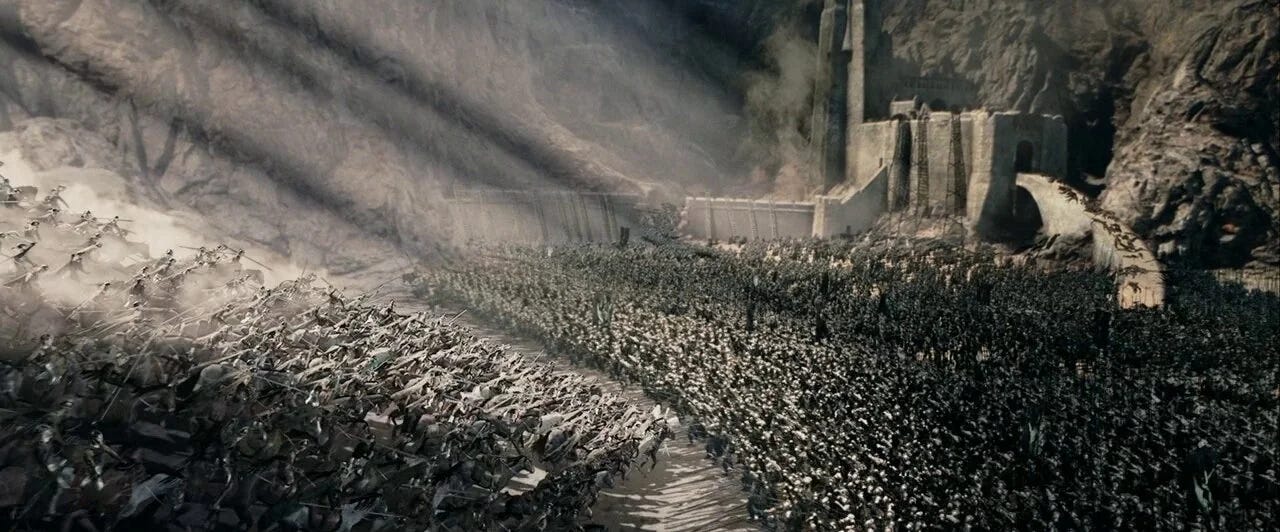
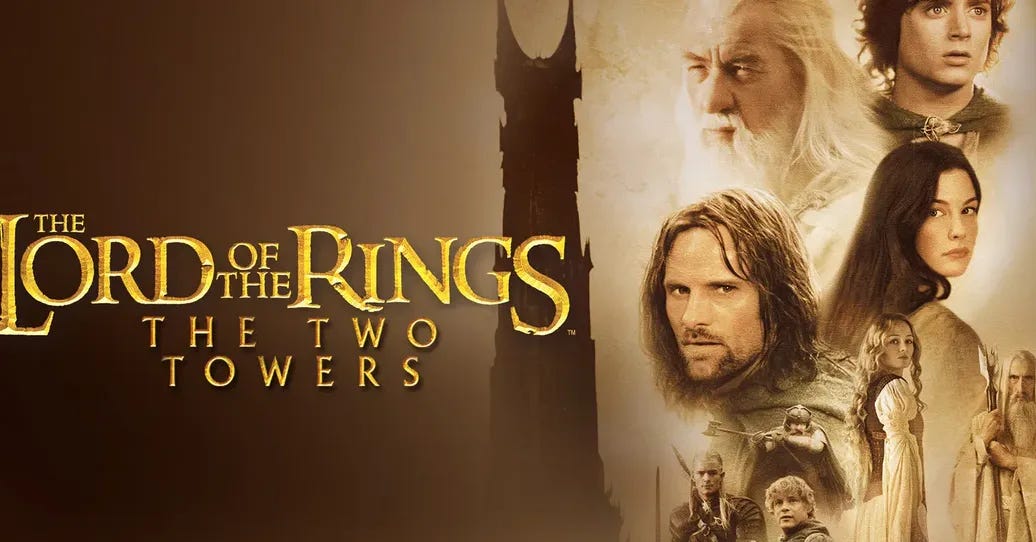
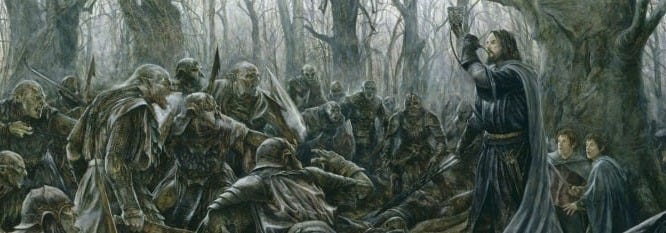
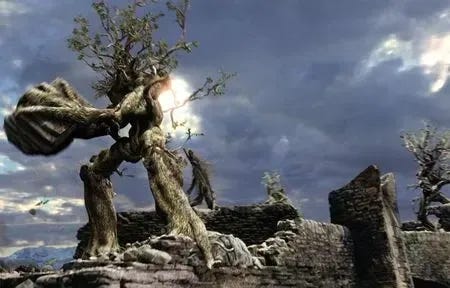
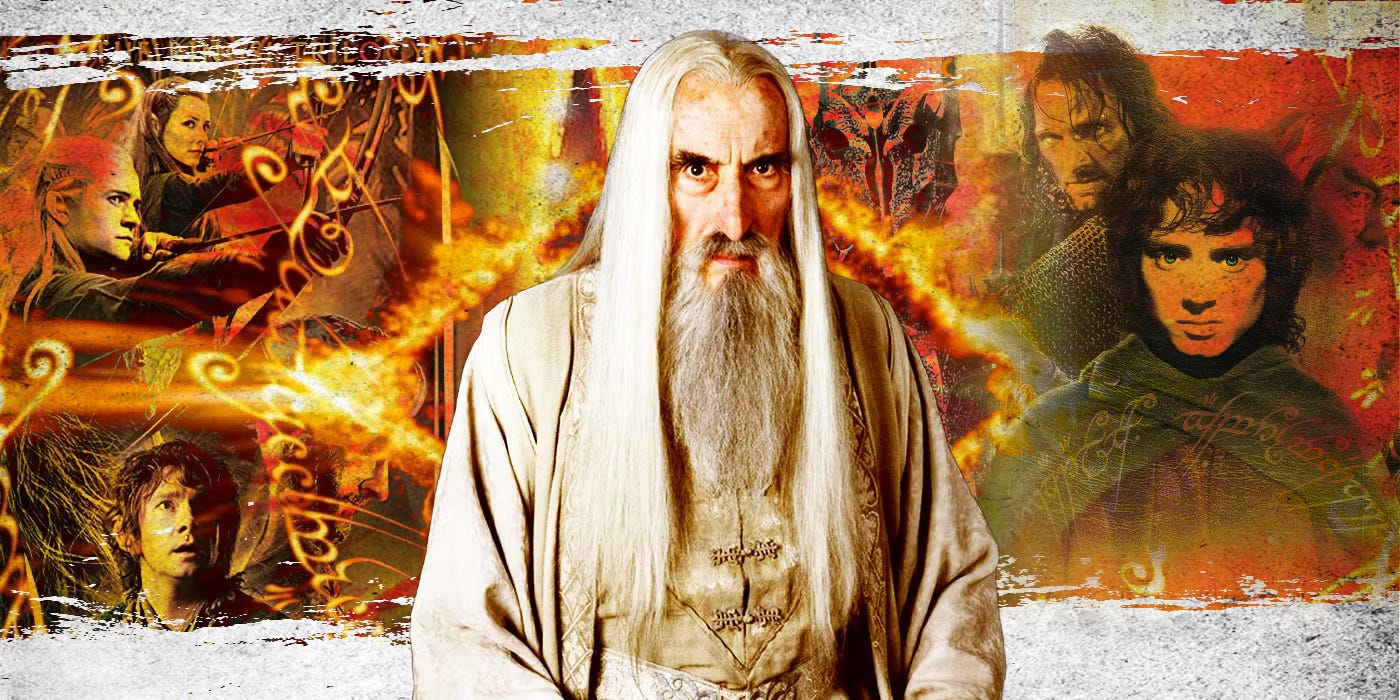
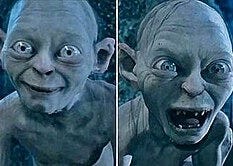
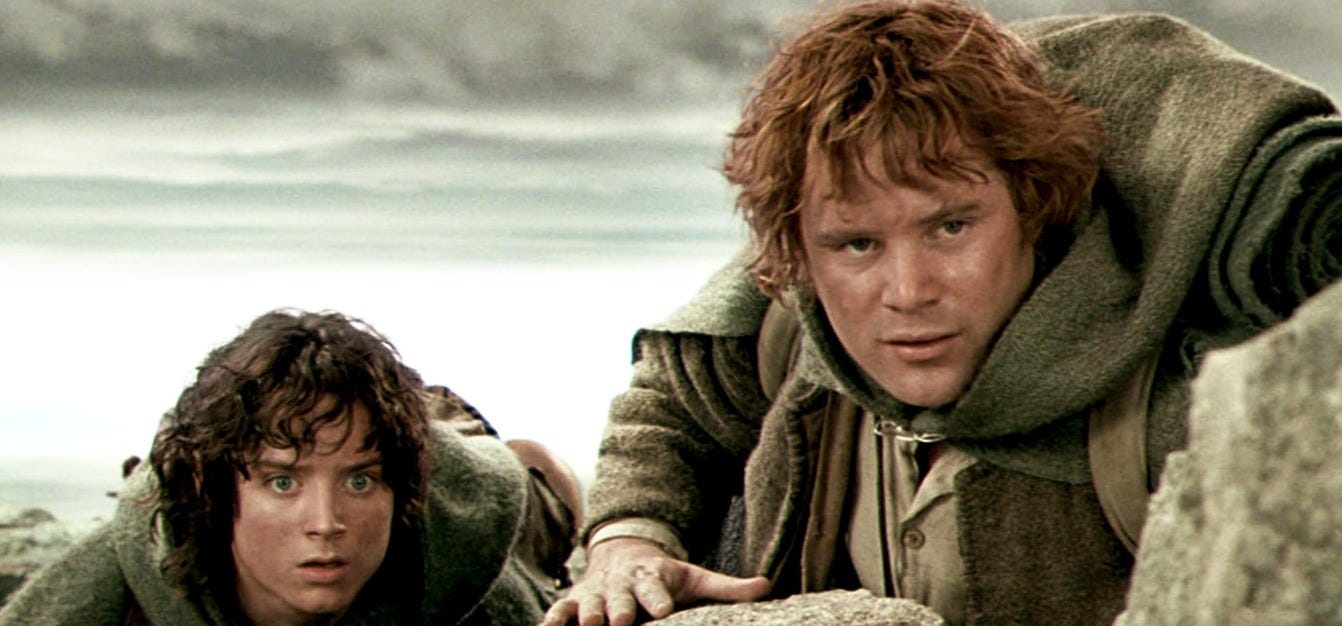

I absolutely love this series. The way you’ve drawn The Two Towers into view shows how the middle of a story is never just delay or distraction. It is the place of fracture and shadow, but also the slow weaving of providence, where endurance is born. Your words remind me that the middle is not absence but formation, the unfinished pilgrimage where faith quietly learns to endure.